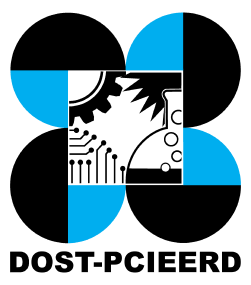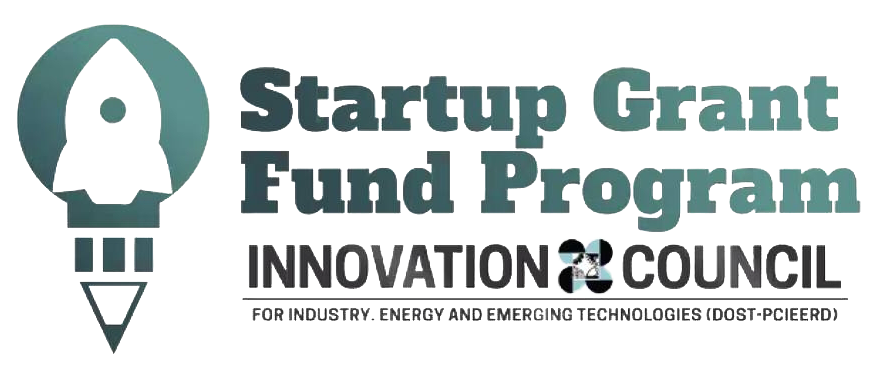Macroeconomic hurdles appear to be building for businesses broadly and for tech firms. However, other regulatory incentives might stimulate creativity and development in 2023 and beyond. Technology businesses must reaffirm their focus on thriving and prospering economically. With this, we’d like to share the major tech trends in the world and what they have to say for the business world.

Outlook on Tech Trends
Although the new normal provides a chance to review and assess ongoing changes, the new advancements each day continue to provide difficulty. The latter is particularly pertinent in the field of technology. Consider the hype surrounding NFTs, cryptocurrency, and the virtual world. By 2022, bitcoin markets had fallen 90%, we’d entered a harsh crypto season, and a thriving metaverse remained a pipe dream. Distinguishing real innovation from hype might be the difference between a significant triumph and an expensive loss.
Unpredictability in geopolitics and the economy are introducing greater skepticism into the next stage of technological progress. Entrepreneurs will need to identify methods to achieve greater results with less, uncover value where breakthroughs intersect, and deliberately devote resources to innovations nearing their turning point.
Themes in Tech Trends Observed in 2023
Industry Transformation
Information technology expands its influence across various sectors in search of new income possibilities, leveraging digital developments to assist with change and innovation. Tech firms also attempt to enhance efficiencies and stimulate growth in other industries ripe for change, such as construction, production, and eCommerce.
Adaptation of Sustainability
Environmental degradation and its societal consequences are having a growing impact on the day-to-day activities of technology businesses. Additionally, authorities and investors worldwide are putting pressure on firms to be more transparent about their impact on the environment and tax payments. Current and planned rules are projected to need upgrades for enterprise software for management solutions, allowing enterprises to attain continuous visibility and offer authorities accessibility to data.
Economic Suitability
Faced with softer consumption, weaker consumer demand, and dropping market capitalizations, the C-suites of technology businesses are under pressure to boost profits and generate sales. Aside from personnel modifications, options may include increasing the efficiency of corporate processes, leaning greater emphasis on artificial intelligence, upgrading outdated structures, and evaluating competitive combinations of businesses.
Digitization of Major Industries
Generative Artificial Intelligence
Personalized AI has tremendous potential and application spanning most sectors since it builds on current innovations such as applied AI and developing machine learning. From 2021 to 2022, interest in the issue tripled (as measured by news and online searches). According to McKinsey & Company, generative AI and other fundamental models revolutionize the AI game by pushing assistive technologies to a new level, lowering the creation of application time, and delivering significant features to non-technical users.
AI has the potential to provide up to $4.4 trillion in financial gain through an amalgamation of specific applications and more dispersed uses that boost productivity, such as aiding with email drafts. Nonetheless, while generative AI can unleash enormous value, companies ought to recognize the economic relevance and development potential that underpinning AI technologies and becoming industrialized automated learning may offer to many sectors.
Cloud Storage
Most major trends saw a year-over-year decrease in investment, but the prospect for future development remains considerable, as seen by the recent rise in tech values. In fact, relative investments continued to be robust in 2022, totaling more than $1 trillion, demonstrating a high level of confidence in the economic potential of these innovations.
More established Cloud Storage technologies, such as climate and mobility technology, may be more subject to short-term budget dynamics than more fledgling innovations with longer investment time horizons. Furthermore, when particular innovations become more profitable, they may frequently scale up with reduced marginal investment. Since such innovations have applications in almost every industry, we believe mainstream acceptance will continue to rise.
Retail Implementation
E-commerce businesses are rapidly embracing cutting-edge technology like Augmented Reality (AR) and Virtual Reality (VR). These technologies enable eCommerce operators and merchants to provide their customers with immersive shopping experiences and innovative methods to present their items.
Shop owners may use technology to improve client interactions and boost revenue by providing specific suggestions for products. Customers will locate more relevant goods. As a result, resulted in improved conversion rates, larger orders, and enhanced engagement.
Biotechnology
The industry has great potential for the future, but it must be properly controlled to ensure that the advantages outweigh the hazards. Gene editing, for example, inserts, removes, modifies, or replaces particular sections of a person’s existing DNA. Scientists are looking at ways to modify portions of DNA at certain points along the gene to treat ailments. The purpose of gene editing is to modify existing genes and fix mutations as they occur.
Another example is biomanufacturing, which was prominent during the pandemic. Fermentation is the most prevalent biological process used in biomanufacturing. The purpose of this biomanufacturing application is to look for ways to improve sustainability, minimize energy consumption, and promote inventiveness and efficiency.

Opportunities for Emerging Tech Trends
We cannot overestimate the value of people as a source of competitive advantage. A key constraint to expansion is a shortage of talent. There is an essential disparity between the market’s need for people with the skills required to capitalize on the value of technology trends and accessible talent.
McKinley & Company conducted a survey that provided a result showing 3.5 million job postings in these tech trends. Many of the skills in the tech industry scored the highest demand and have as many competent practitioners in each posting as the worldwide median.
Robotics
- Autonomous Robots
- Medical Robotics
- Collaborative Robots
Metaverse
- Social Metaverse
- Virtual World
- Virtual Economy
Biometrics
- Fingerprint
- Facial
- Voice
Space Technology
- Tourism
- Debris Cleanup
- Mining
Cloud Computing
- Serverless Computing
- Hybrid Cloud
- Edge Cloud
Quantum Computing
- Cryptography
- Simulation
- Machine Learning
5G Networks
- Enhanced Mobile Broadband
- Ultra-Reliable Low-Latency Communications
- Massive Machine Type Communications
Augmented and Virtual Reality
- AR & VR in Education
- AR & VR in Retail
- AR & VR in Gaming
- AR & VR in Healthcare
Blockchain
- NFTs
- Digital Ownership
- Blockchain in Supply Chain Management
- Decentralized Finance
Internet of Things (IoT)
- Smart Cities
- Smart Homes
- Industrial Internet of Things (IoT)
Accessibility of Technological Advancements
This favorable prognosis for professionals in most professions underlines the issue that employers have in finding enough personnel to meet their expectations. A constant limiting case in expanding several high-tech disciplines, including AI, quantum technology, space-based power, and green energy, has been a scarcity of competent people.
The skills shortage is especially acute for technologies like cloud computing and transforming machine learning, which are necessary in almost every industry. It’s also a significant difficulty in fields that require highly skilled workers, such as the development of accessibility and quantum science.
Highest-Scoring Innovations
Software and Platform Innovation
Novel software tools, such as those that support contemporary program-deployment pipelines and computerized code creation, testing, restructuring, and transformation, can potentially improve the quality of applications and development operations. Some examples of this software include HR management technologies, eCommerce procurement platforms, and security applications. The industry alone has billions in equity investment acquired from various related firms.
Digital Identity Structures
Organizations may utilize digital-trust technologies to establish, expand, and retain stakeholder confidence in their data and digital-enabled goods and services. Some examples of this trend include our popularly known social media platforms like Meta, TikTok, and LinkedIn.
Web3
These platforms and apps attempt to allow transitions to a future, autonomous network with open protocols and standards while maintaining digital-ownership rights. It is more than just bitcoin investments; it is a disruptive approach to designing software for particular objectives. This move has the potential to give consumers more control over their data while also sparking fresh models for companies.
Renewable Technologies
Electrical power and green energy, including wind, sunlight, and hydro-powered resources and other biofuels; nuclear energy; hydrogen; sustainable fuels; and electric-vehicle charging, assist push toward net-zero emissions. This industry alone has received nearly $288 billion in equity investment in the last year.
Bioengineering
Integrating biological and digital technologies can improve human wellness and efficiency, restructure agricultural value chains, and generate new products and solutions. Bioengineering developments have also been adopted by governments to sustain livelihood and provide more sustainable resources for goods and services.

The momentum of technological development will undoubtedly continue to intensify. The thriving technology champion of the future will have to develop the capacity to absorb continual change and turn it into an asset of competitive advantage rather than merely adopting novel technologies. Businesses of all shapes and sizes ought to observe and adhere to the current trends in technology as it becomes a driving force in our day-to-day lives.









